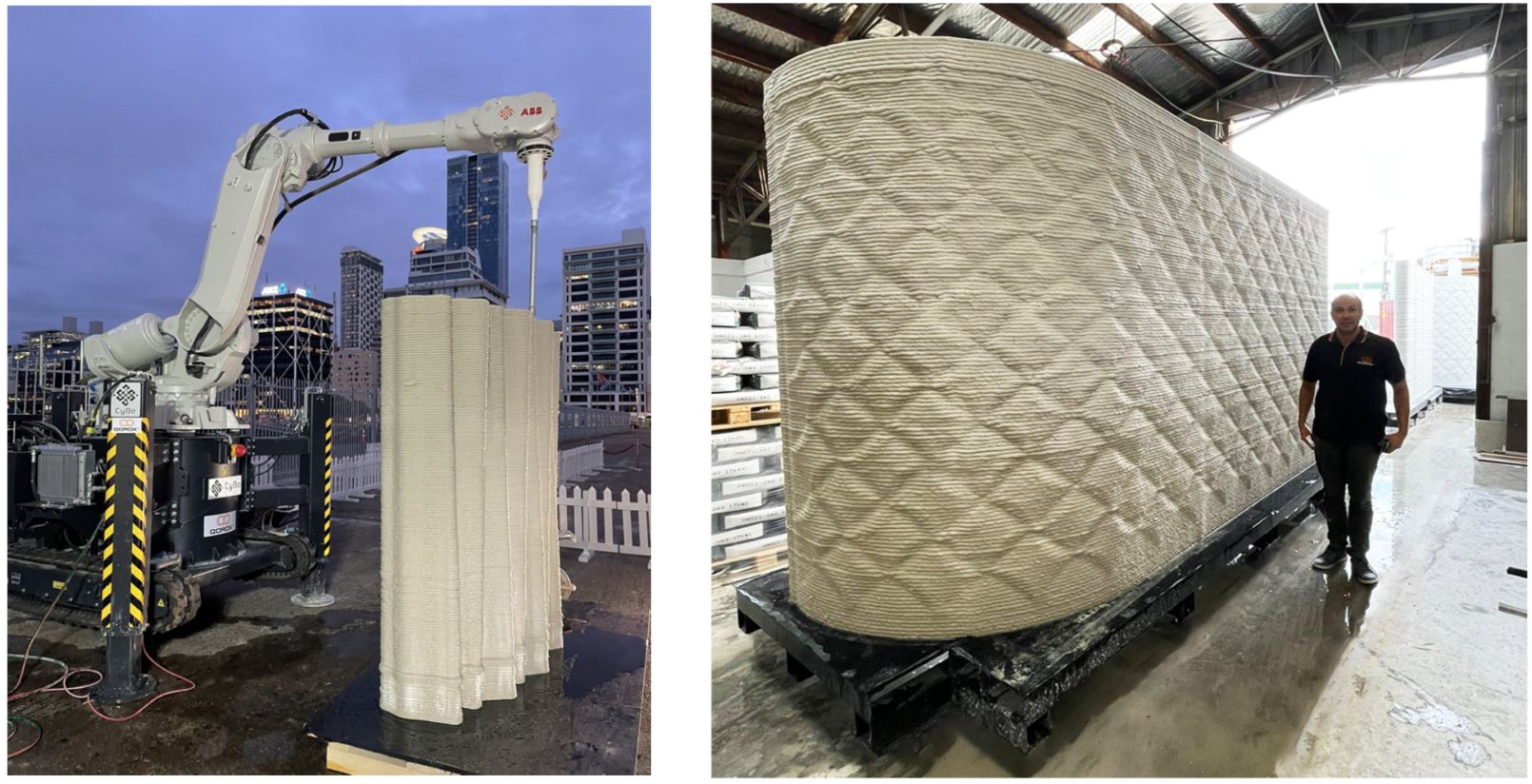 With housing prices climbing ever higher, it’s no wonder folks are searching for fresh ways to tackle America’s housing crunch. Luckily, innovative construction methods are stepping up as potential game-changers. Builders are embracing 3D printing, modular construction, and even unconventional materials like hemp to make homes faster and more affordable. Adrianne Todman, who once served as acting secretary of the U.S. Department of Housing and Urban Development, really hits the nail on the head when she says, “I can only imagine what our housing situation would be like now if we could have made a decision to be more aggressive in adopting this type of housing decades ago.”
With housing prices climbing ever higher, it’s no wonder folks are searching for fresh ways to tackle America’s housing crunch. Luckily, innovative construction methods are stepping up as potential game-changers. Builders are embracing 3D printing, modular construction, and even unconventional materials like hemp to make homes faster and more affordable. Adrianne Todman, who once served as acting secretary of the U.S. Department of Housing and Urban Development, really hits the nail on the head when she says, “I can only imagine what our housing situation would be like now if we could have made a decision to be more aggressive in adopting this type of housing decades ago.”
Take Colorado, for instance. There, Fading West is using an assembly line approach to whip up modular homes with impressive speed and efficiency. These homes are almost move-in ready before they’re even shipped to their final locations, where they’re prepped for occupancy within weeks. As Eric Schaefer, the company’s chief business development officer, puts it, “You can build faster. The faster you build — even at a high quality — means the lower the price.”
Meanwhile, 3D printing is making waves on another front. Grant Hamel, CEO of VeroTouch, sees this technology as a way to cut down both labor costs and construction time. He admits, “It’s a long game, to start chipping away at those prices at every step of the construction process.” Of course, 3D printing isn’t without its hurdles, like high costs and regulatory challenges, and right now it’s mostly used for single-story structures. But the potential is there.
Then there’s hempcrete, a mix of hemp and lime, which offers a sustainable option for building insulation and walls. Hemp grows much faster than trees, making it a promising material for the future of construction. Ali Memari from Penn State University is even working on ways to make hempcrete more efficient by doing away with wooden framing. Though recognized by the International Code Council, hempcrete’s journey to mainstream use is slowed by regulatory uncertainties and processing costs. Still, it’s gaining ground as a green building material.
These technological advances show a strong commitment to finding sustainable and cost-effective solutions to the housing shortage, giving us hope for a more accessible housing future.








